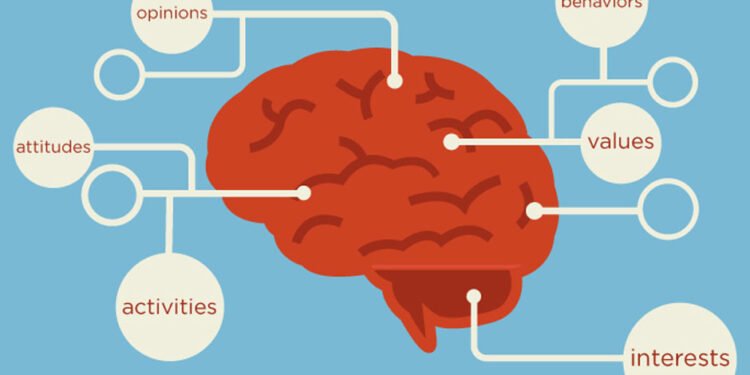Understanding consumer behavior is a complex yet pivotal aspect of marketing strategy. Today, where personalization is paramount, businesses delve deeper into psychographic analysis to comprehend their audience beyond basic demographics. Psychographic segmentation examples are crucial in deciphering consumer attitudes, values, interests, and lifestyles.
Identifying Segmentation Variables
Psychographic analysis encompasses various factors that influence consumer behavior, including lifestyle choices, personality traits, values, opinions, interests, and activities. By analyzing these variables, marketers can gain insights into what drives customer decisions and tailor their messaging accordingly. For instance, a fitness apparel brand may segment its audience based on lifestyle choices, targeting health-conscious individuals who prioritize an active lifestyle.
Creating Detailed Personas
Segmentation allows marketers to create detailed personas representing different segments of their target audience. These personas serve as fictional representations of real consumers within each segment, helping marketers understand their needs, preferences, and pain points. By crafting personas, businesses can personalize their marketing strategies and deliver content that resonates with specific audience segments. For example, a cosmetics brand may create personas for beauty enthusiasts, eco-conscious consumers, and budget-conscious shoppers, tailoring product offerings and messaging to each persona’s unique characteristics.
Customizing Marketing Strategies
Segmentation enables businesses to customize their marketing strategies to appeal to different audience segments effectively. By understanding the unique characteristics of these segments, marketers can tailor their messaging, product offerings, and promotional tactics to align with the preferences and interests of their target audience. For instance, a travel company may develop separate marketing campaigns for adventure seekers, luxury travelers, and budget-conscious vacationers, ensuring each segment receives relevant and compelling content.
Enhancing Customer Engagement
Segmentation enhances customer engagement by delivering personalized experiences that resonate with individual preferences and interests. Businesses can craft focused campaigns that directly address the unique needs and desires of distinct consumer segments through the segmentation of their audience and the subsequent customization of their marketing endeavors. This personalized approach fosters stronger customer connections, leading to increased brand loyalty and advocacy. As an illustration, a digital retailer might dispatch tailored product suggestions derived from prior purchase records and browsing patterns, thereby enriching the shopping journey for individual customers.
Improving Marketing ROI
Segmentation is crucial in improving marketing return on investment (ROI) by allocating resources effectively to reach the most responsive audience. By focusing on high-potential segments and delivering tailored messaging, businesses can maximize the effect of their marketing efforts and generate higher conversion rates. Additionally, this allows marketers to optimize their campaigns based on the unique characteristics of each segment, resulting in efficient use of resources and higher ROI. For instance, a software company may allocate a larger budget to target segments with a higher propensity to purchase their products, such as technology enthusiasts or small business owners.
Psychographic segmentation examples are essential in customer analysis, enabling businesses to understand their audience more deeply and tailor their marketing strategies accordingly. In today’s competitive landscape, where personalization is key, segmentation remains essential for driving meaningful connections and achieving marketing success. By effectively utilizing segmentation, businesses can reach and resonate with their target audiences, enhancing their marketing strategies. Furthermore, leveraging psychographic segmentation empowers businesses to create personalized messaging and experiences that resonate with specific consumer segments, fostering long-term loyalty and brand affinity.












